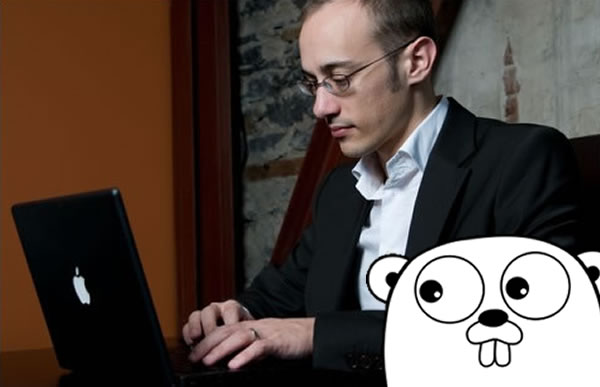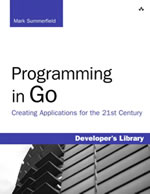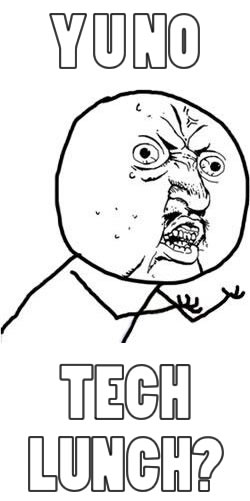This article’s been sitting in my “Drafts” folder for the past couple of weeks, and I thought it was time to set it free. While it’s not exactly new, it’s still valid, and Jaclyn’s story is a good one. Enjoy!
Jaclyn Konzelmann’s story is similar to mine: she joined Microsoft a couple of years ago, and after a couple of years, she left to join an ecommerce startup. A couple of years ago, she landed a job at The Empire working with the Office team on Outlook. An offer to work on one of the most-used pieces of software in the world was a golden opportunity, and after some deliberation, she moved from the Toronto area to Seattle. She enjoyed her time at the company for a while, but the job lost its lustre. To borrow a phrase that’s been making the rounds since the release of The Dark Knight Rises, the structures at work became shackles.
In a recent post on her Tumblr, Why I Quit Microsoft to Join a 5-Person Start Up in Toronto, Jaclyn explains that six factors drove her to leave:
- The wrong kind of meritocracy. “One of the pieces of feedback I received during my time at Microsoft was that I needed to send out more status updates,” writes Jaclyn. “It wasn’t that I wasn’t doing enough work; it was that I wasn’t being vocal enough about it.”
- They want robots to build Office (which explains a lot of things about its design). “When I talked to skip level (my manager’s manager) about my frustrations and why I was having a hard time being excited and motivated, he understood where I was coming from, but there wasn’t much that could be done about it. I was told about the History of Office and how it had always attracted a certain personality type – particularly people that are not very warm, open or friendly, who can churn through processes and data and focus only on the bottom line. In short, he actually compared this optimal personality type to a robot.”
- The annual review system. “I was told that as a new hire I would essentially be guaranteed ranking of 3. They understood that people need time to adjust so on our team, and in Office in general, it was common practice to rank new hires as 3s. Management liked to think that this would make new hires feel less intimidated by being, well, new. In reality all this did was stifle my desire to outperform and be great.”
- She had a great team, but it was cannibalized. “The one thing that I did love about Microsoft was my team. I worked on a team that was full of people that were young, full of life, and were just generally fun to be around. I enjoyed going to lunch with them and many of them I hung out with after work. Then one day, one of them left. Then another one disappeared. And so the trend continued. Soon, the team that I once loved being on, had turned into a toxic environment. People were slowly being pulled from one project to start working on another secret more exciting project…I was one of the ones left behind to clean up the mess of the old project and it was terrible.”
- Less rock, more talk. “While people were trying to solve ship-blocking issues, here I was in a never-ending debate over whether or not a string that would sometimes appear in the status bar of one of the Office Apps should be using Title Case, Capitols or Sentence Case. There were numerous arguments made for each of these designs, endless mockups were created and discussed over tediously long emails and meetings. People were brought in from several partner teams to weigh in on the issue, but never actually help drive to a final decision. Several weeks later I was finally able to close on it and get buy in from all the partner teams, only to have my Manager come in to my office and tell me he wasn’t quite sure about the final design direction. It was at this point that I had had enough.”
- She stopped learning. “It became very apparent to me that the way to solve a problem at Microsoft was not to fix it; it was to develop a process on how to vocalize the issue so everyone around you knew that you were aware of it. The attitude wasn’t “get things done” it was “create a process”. Not learning has always been a deal breaker for me in life – the moment I stop learning I know something needs to change.”




 A couple of days after that, Jordan Orelli posted
A couple of days after that, Jordan Orelli posted 


